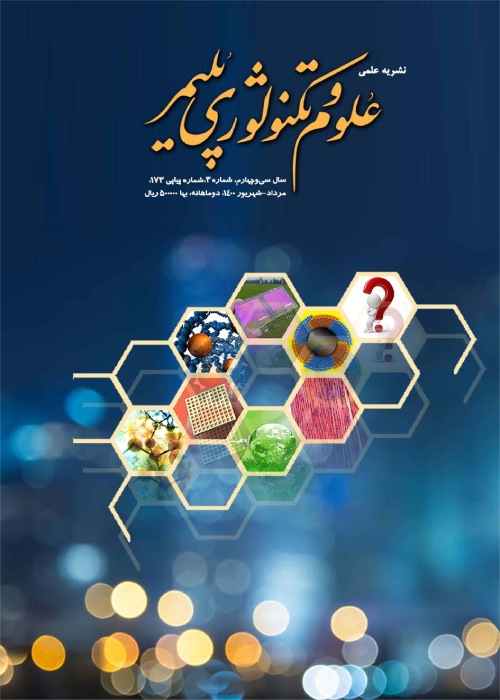Biodegradable Poly(lactic acid)/Poly(butylene adipate-co-terephthalate) Nanocomposite
Hypothesis:
In order to reduce the environmental pollution, it is an inevitable approach to replace petroleum polymers with biodegradable materials. Poly(lactic acid) (PLA) is one of the suitable alternatives for synthetic polymers, due to its biodegradability and biocompatibility as well as high tensile strength, but the application of PLA faces limitations due to its brittleness.
In this research, blends of PLA containing 25% (by wt) poly(butylene adipate-co-terephthalate) (PBAT), a biodegradable and flexible polymer, were prepared. Nanocomposites containing 1 and 3 phr nanoclay (Cloisite 20A) were prepared at the same time. The compatibilizing effect of chain extender (CE) (ADR 4368) (0.5 phr) for this system was investigated. The rheological, morphological, mechanical and thermal properties of all samples have been studied.
Rheology results show a significant increase in the storage modulus and complex viscosity of samples containing both nanoclay and chain extender. SEM images illustrate droplet-matrix morphology of all samples. It is shown that the size of PBAT dispersed phase in nanocomposites is decreased, especially in the sample containing 3 phr nanoclay and 0.5 phr chain extender (2.54 to 1.15 mm). The results of mechanical tests show that all nanocomposites, specially samples containing both nanoclay and chain extender have made a significant improvement in all mechanical properties, in comparison to a neat PLA (about 13.6 times in elongation-at-break and more than twice in impact strength for nanocomposite containing 3 phr nanoclay and 0.5 phr chain extender). These findings confirm the results of rheology and morphology and reveal a synergistic effect of using nanoclay and chain extender for the compatibilization of the system. The XRD analysis reveals an increase in the distance of nanoclay plates, which is due to diffusion of polymer chains into its layers. Finally, the DSC analysis shows that the crystallinity of the samples increases in the presence of nanoclay particles.
PLA , PBAT , Nanoclay , blend , Nanocomposite
- حق عضویت دریافتی صرف حمایت از نشریات عضو و نگهداری، تکمیل و توسعه مگیران میشود.
- پرداخت حق اشتراک و دانلود مقالات اجازه بازنشر آن در سایر رسانههای چاپی و دیجیتال را به کاربر نمیدهد.


